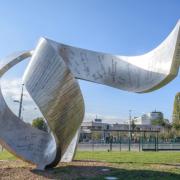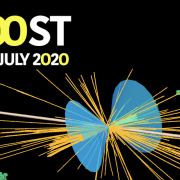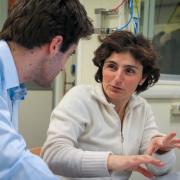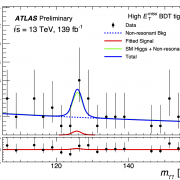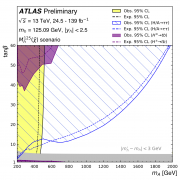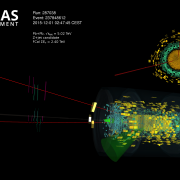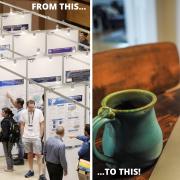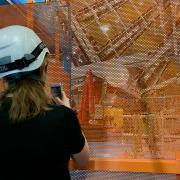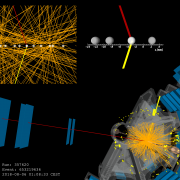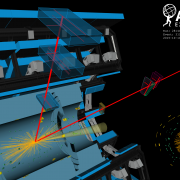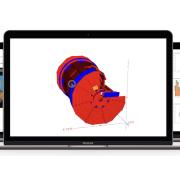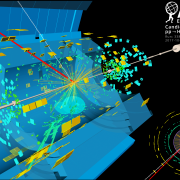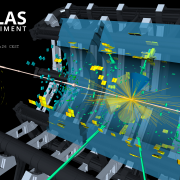Access to Collaboration Site and Physics Results
Updates tagged: “EPS”
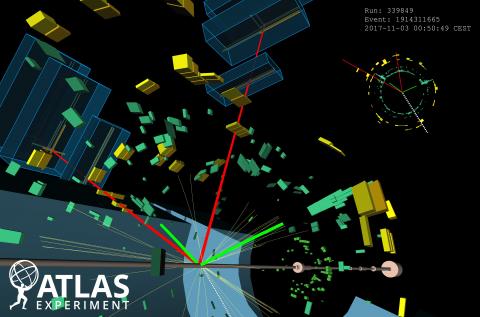
A golden era of exploration: ATLAS highlights from EPS-HEP 2019
Eight years of operation. Over 10,000 trillion high-energy proton collisions. One critical new particle discovery. Countless new insights into our universe. The Large Hadron Collider (LHC) has been breaking records since data-taking began in 2010 – and yet, for ATLAS and its fellow LHC experiments, a golden era of exploration is only just beginning.
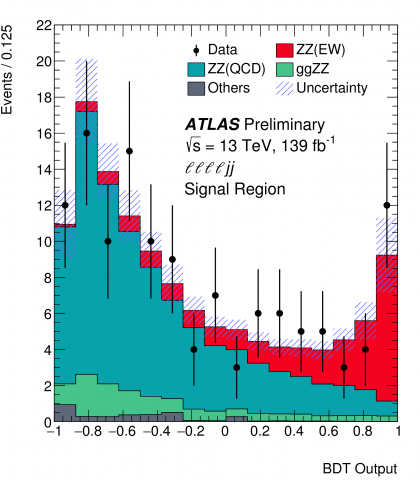
New milestone reached in the study of electroweak symmetry breaking
In the Standard Model of particle physics, elementary particles acquire their masses by interacting with the Higgs field. This process is governed by a delicate mechanism: electroweak symmetry breaking (EWSB). Although EWSB was first proposed in 1964, it remains among the least understood phenomena of the Standard Model as a large dataset of high-energy particle collisions is required to probe it.
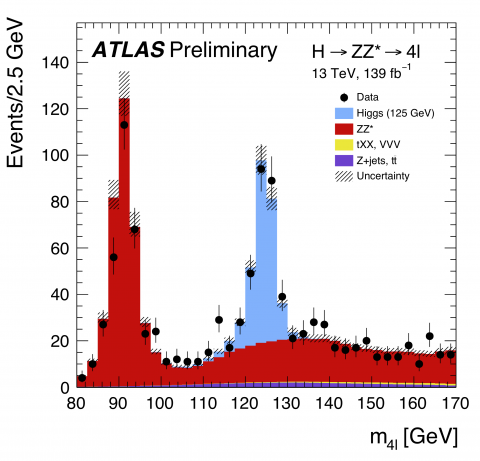
Exploring the Higgs boson “discovery channels"
This week, at the European Physical Society Conference on High-Energy Physics (EPS-HEP) in Ghent, Belgium, the ATLAS Collaboration at CERN released new measurements of Higgs boson properties using the full LHC Run 2 dataset. Critically, the new results examine two of the Higgs boson decays that led to the particle’s discovery in 2012: H→ZZ*→4ℓ, where the Higgs boson decays into two Z bosons, in turn decaying into four leptons (electrons or muons); and H → γγ, where the Higgs boson decays directly into two photons.
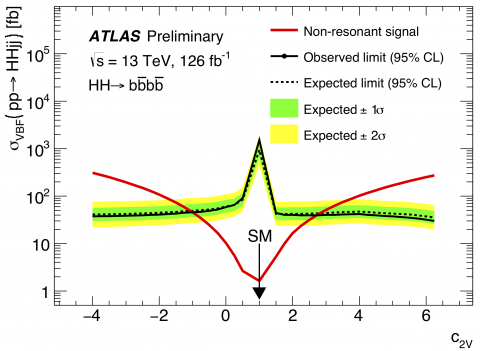
Double the Higgs for double the difficulty
A key interaction not yet observed by LHC experiments is the production of “double Higgs”. The Standard Model predicts that the Higgs field can interact with itself to create a Higgs boson pair. The rate with which this happens is critical, as it allows physicists to directly probe the potential energy of the Higgs field, which is responsible for mass of particles. Deviations from the expectation would be a strong hint of new physics.
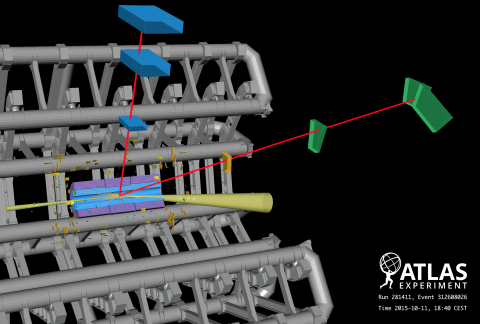
ATLAS searches for rare Higgs boson decays into muon pairs
Today, at the European Physical Society Conference on High-Energy Physics (EPS-HEP) in Ghent, Belgium, the ATLAS Collaboration released a new preliminary result searching for Higgs boson decays to a muon and antimuon pair (H → μμ). The new, more sensitive result uses the full Run 2 dataset, analysing almost twice as many Higgs boson events as the previous ATLAS result.

ATLAS finds evidence of charge asymmetry in top-quark pairs
Among the most intriguing particles studied by the ATLAS collaboration is the top quark. As the heaviest known fundamental particle, it plays a unique role in the Standard Model of particle physics and – perhaps – in yet unseen physics beyond the Standard Model. A new ATLAS result, presented today at the European Physical Society Conference on High-Energy Physics (EPS-HEP) in Ghent, Belgium, examines the full Run 2 dataset to find evidence of charge asymmetry in top-quark pair events, with a significance of four standard deviations.
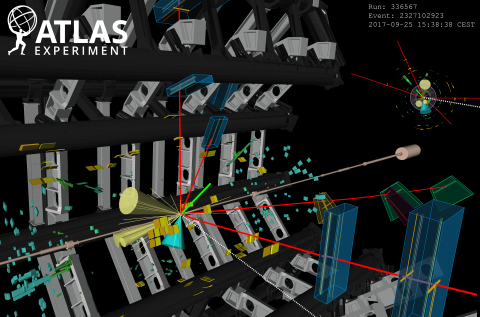
Summary of new ATLAS results for EPS-HEP 2019
ATLAS physicists are in Ghent, Belgium, this week for the European Physical Society Conference on High-Energy Physics (EPS-HEP) 2019. Since its establishment in 1971, the EPS-HEP conference has brought together the high-energy particle physics community every two years to discuss the latest results in field. This year, several hundred physicists from around the world are expected to attend.

ATLAS highlights from EPS-HEP 2017
The ATLAS Collaboration has presented important new results at the European Physical Society conference on High Energy Physics (EPS-HEP) in Venice (Italy), including the latest analyses of 13 TeV Run 2 data from the Large Hadron Collider (LHC).

Probing physics beyond the Standard Model with heavy vector bosons
Although the discovery of the Higgs boson by the ATLAS and CMS Collaborations in 2012 completed the Standard Model, many mysteries remain unexplained. For instance, why is the mass of the Higgs boson so much lighter than one would expect and why is gravity so weak?
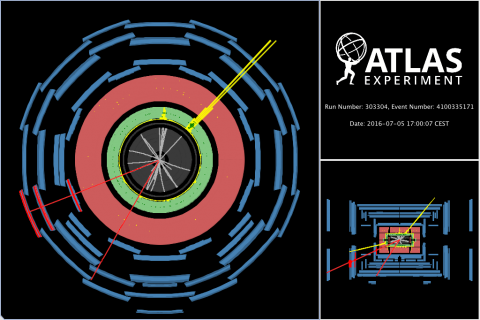
New rare pairs of heavy friends in ATLAS
Observing rare productions of heavy elementary particles can provide fresh insight into the Standard Model of particle physics. In a new result, the ATLAS Experiment presents strong evidence for the production of a single top-quark in association with a Z boson.


